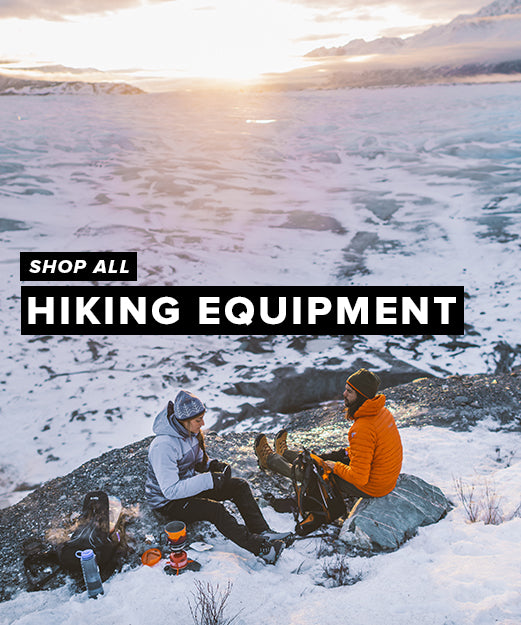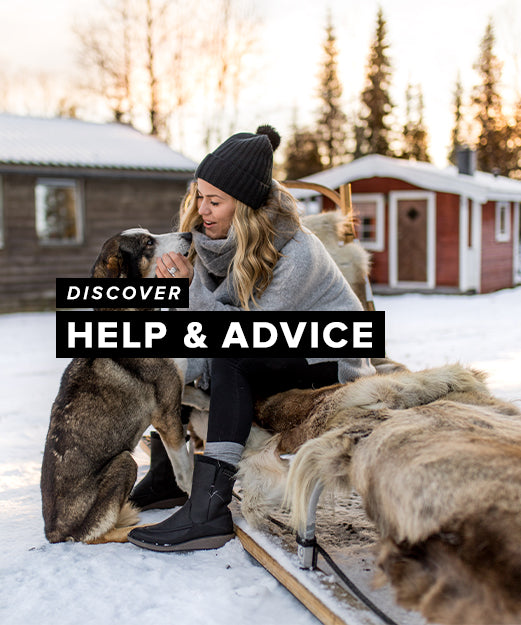Rights and freedoms imply responsibilities too, and as early as the 1950s, the UK had a country code detailing the behaviour expected of countryside visitors. The modern version of this document – the Countryside Code issued by Natural England – is designed to make rural areas safe for visitors to enjoy, without infringing the rights of those for whom the countryside is a place of work. In addition, the present code urges land managers to 'make it easy for visitors to act responsibly', emphasising that they have a 'duty of care' towards those legitimately accessing their land.The Countryside Code even-handedly addresses both visitors and land managers and is highly recommended reading – especially if you are unfamiliar with rural environments. Its 'visitor advice' covers five main topics:



Show consideration
The code asks you to appreciate that every rural area has its local community, livestock and wildlife, as well as other visitors. Thus, when parking, you should avoid obstructing access to field gates, pathways and drive entrances – much as you would be required to do in a city. And when driving or cycling, it's expected you will slow or stop for horses, farm livestock and walkers. Remember country roads can be narrow and dangerous, and you must adapt your driving accordingly. In the countryside, it's not unusual to come across farm animals being herded or moved. Here, you should be prepared to stay back, wait, and keep a low profile, observing any instructions you may be given. Apart from being respectful and co-operative, this also keeps you safe.
Leave things as they are
If a field gate is shut, you should close it after passing through. However, gates are often left open for specific purposes – usually livestock requirements – and you should always leave gates, property, and other equipment you encounter, exactly as you found them. It's very important everyone in your party understands this. Always keep to designated pathways unless your route includes areas where broader access is permissible, for example open common land. And when you meet boundaries, always use the stile or gateway provided. This avoids weakening, or even damaging, fencing and other barriers which may result in straying livestock. Keep away from all agricultural machinery, and report any animals injured or otherwise in danger, but never attempt your own 'rescue'.Adopt zero-impact behaviour
Only by respecting our sensitive natural environment can we hope to preserve it for future generations. Therefore, please take home everything you brought with you, leaving no evidence of your visit. Environmental damage takes many forms: destroying plants, vegetation and trees impacts upon local wildlife habitat and food resources; waste food and litter, as well as being an eyesore, is also dangerous to farm- and wild animals; and careless smoking or the use of naked flames can cause devastating fires in rural areas, wiping out habitats and endangering life and rural property.
Your dog – your responsibility
The majority of country dwellers are dog-owners too, but you should be aware of the special risks of bringing your dog to a rural area. You must always be in control of your dog and never allow it to worry livestock, horses or wildlife, or disturb other people. Preferably, your dog should be on a lead, and it is your responsibility to ensure it never strays on to private land. A host of special regulations apply to dogs in rural locations, for example:- by law, dogs must be kept on a lead in the presence of livestock on legally-defined 'Open Access' land;
- it is legal to shoot dogs found worrying livestock;
- dogs are often banned from some beaches and coastal areas.

 NEW!! Free UK Delivery
NEW!! Free UK Delivery Hassle-Free Returns
Hassle-Free Returns Clearpay
Clearpay









